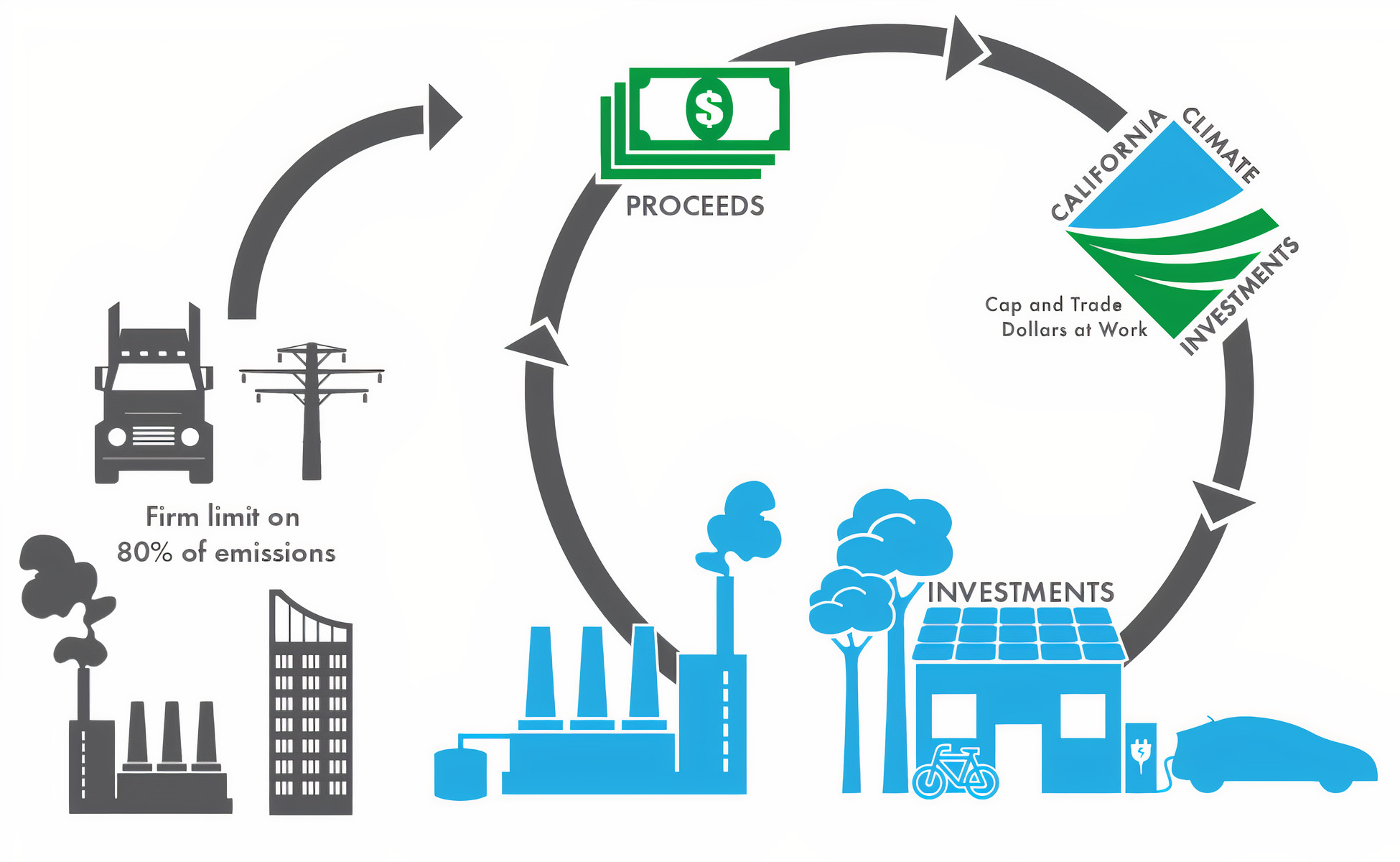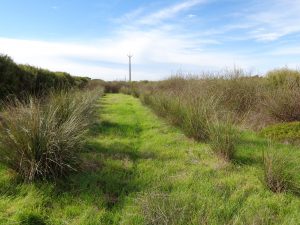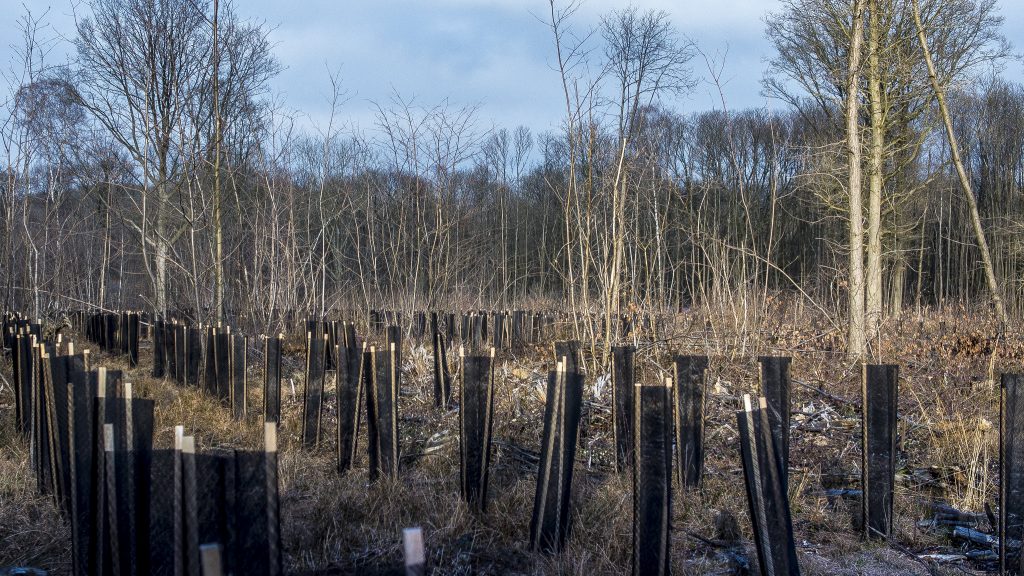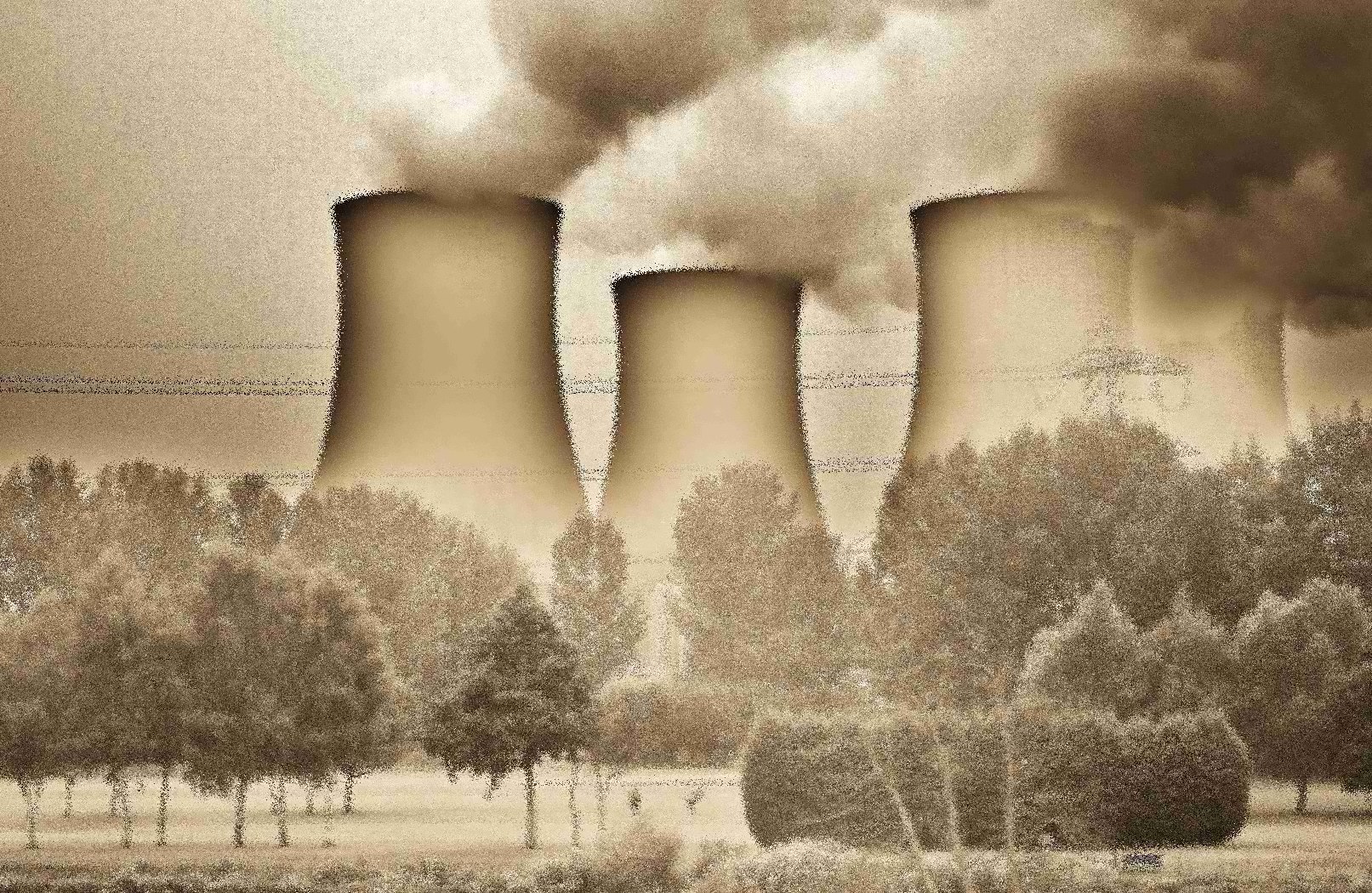5 Cap and Trade and Carbon Offsets
Owen Enck
Cap and Trade
– A system maintained to limit and price harmful emissions, utilizing a two-part approach to reduce pollution in the atmosphere.
Details of the Two-Part System
Cap:
A governing body sets a limit to the amount of carbon dioxide and related pollutants released into the atmosphere. This “cap” is set over a specific industry, comprising companies an “allowance” determining the quantity of emissions they are permitted to release. Over time, the maximum level of emissions a company may output declines, “providing a growing incentive for industry and businesses to reduce their emissions more efficiently, while keeping production costs down” (Environmental Defense Fund).
Trade:
A market is formed for businesses to buy and sell their allowances, encouraging companies to reduce emissions to generate additional income whilst lessening harm to the environment. Comparatively, companies that want to circumvent this constraint may acquire other’s allowances to increase the quantity of emissions they can release. The allowances they purchase can only supplement a specified percentage of their initial output stipend so that pollution output is still regulated.
Cap and Trade in California

Cap and Trade has been extensively utilized in California, extending over “350 businesses (600 facilities) representing 85% of California’s greenhouse gas emissions” (McPherson). In this instance, the program provides each business with specific allowances covering a large portion of their emissions. If a business wishes to increase their emission limitations, they must either buy allowances or offset credits (in California, up to 8% of their total emissions, see section “Carbon Offsets” below).
According to The Center for Climate Change and Energy Solutions, through the implementation of this program, “Revenues that California receives from the program are deposited into the state’s Greenhouse Gas Reduction Fund and then appropriated to state agencies to implement programs that further reduce greenhouse gas emissions.” Additionally, approximately one-third of these revenues are directed towards “disadvantaged communities”, resources distributed towards “increased affordable housing opportunities; improved mobility options through transit, walking, and biking; cleaner air through zero-emission vehicles; job creation, energy and water savings; and greener, more vibrant communities” (California Climate Investments).
Concerning the possible environmental impacts of this system, greenhouse gas emissions in California have decreased by “5.3 percent from the start of the program in 2013 to 2017” (CCCE). While it is difficult to discern whether this improvement is a direct outcome of Cap and Trade, the generated billions of dollars reinvested into environmental sustainability projects likely contributed to reduced emissions.
What are the Benefits?
One incentive of Cap and Trade is that the system produces massive revenue for local governments, allowing for strategic allocation of generated funds to address the climate change issue.
Another advantage is that a portion of revenues is allotted, as seen through previous implementations, towards assisting low-income communities and those affected by polluting companies.
This strategy provides local governments with the resources to improve their communities, specifically those most in need and experiencing the detrimental effects of rising carbon emissions.
Criticisms of Cap and Trade
Although Cap and Trade has seen previous success, various Seattle-based environmental groups oppose the implementation of this system. One such group, 350 Seattle, points towards one glaring issue with Cap and Trade, citing that with California’s implementation of the system, “Many of the most polluting corporations have actually increased their pollution since the program came into effect. Oil refineries, gas corporations, fossil fuel-hooked utilities: all have increased their greenhouse gas emissions and related pollution since 2013.” Because companies can trade allowances to produce more emissions, many companies continue to release the same or a greater amount of pollutants into the environment, adverse side effects continuing to affect surrounding communities.
In Seattle, disadvantaged communities (link to Disproportionate Impact of Climate Change) already face difficulties from these pollution-heavy companies. For example, many residents in South Seattle endure the pollutants of the “Ash Grove” cement plant, which “accounts for 10% of…overall emissions and massively contributes to the fact that south Seattle residents are three times more likely to have asthma than those who live in the north” (350 Seattle). If harmful emissions of companies like Ash Grove will not decrease due to the flexibility of the Cap and Trade system, local communities will still face health risks.
In accordance with 350 Seattle, Got Green, another local Seattle environmental group, expressed their concerns for this issue, noting that “communities living next to oil refineries, fossil fuel power plants and other carbon-intensive industries” will still be forced to live in unhealthy, polluted ecosystems.
Carbon Offsets
– A manner of contribution where the buyer of an “offset” or “offset credits” funds projects to reduce carbon emissions or other greenhouse gases to compensate for emissions made elsewhere.

There are various types of carbon offsets that a person or company may purchase, groups offering buyers different options that all emphasize reducing pollution or counteracting its harmful effects upon the planet. In this manner, carbon offsets are a flexible solution to contest climate change, for while the creators of projects choose how to lessen climate change most effectively, resources for completing their goals are acquired through third-party funding.
With some offset projects, companies bound by pollutant-limiting requirements, such as with Cap-and-Trade programs, can purchase offset credits up to a certain percentage of their total allotted emissions. This allows companies to output more pollution than initially permitted, however, they simultaneously fund projects to counteract this. While this contribution fails to adequately compensate for the irreparable damage dealt towards the environment from pollution, it does help to alleviate the negative long-term environmental impact caused by the release of greenhouse gases.
King County’s “Forest Carbon Program”
In this program, King County, a major district in Seattle, Washington, purchases “high-value forests that are at risk of development” and then offers buyers the opportunity to purchase carbon credits (Constantine). These credits represent the preservation of carbon in preserved forests and credit assistance towards maintaining a healthy planet.
Generated revenue from this project is later reinvested to protect additional forests, generating more credits for buyers to purchase. This project aims at creating an ecosystem of protected forests, increasing environmental stability, and facilitating further developments to assist with a reduction in carbon emissions.

What are the Benefits?
Since the release of harmful pollutants into the atmosphere cannot be immediately prevented, Carbon Offsets provide companies and people with the opportunity to invest in a greener future, creating systems for an environmentally sustainable planet.
Additional examples of Carbon Offset projects
- Reforestation/Forest Preservation
- Renewable Energy: Wind, Solar, and Hydro Power Implementation
- Improving Energy Efficiency: Technology innovation, Zero-waste energy projects
Criticisms of Carbon Offsets
While Carbon Offsets are a method of amending the damages induced by greenhouse gas emissions, they fail to address the difficulties faced by communities near heavily-polluting companies. At the “Our Power Convening”, an event held by the Climate Justice Alliance in California, Mari Rose Taruc, a member of the Asian Pacific Environmental Network explains “how carbon offsets generated millions of dollars, without benefiting communities sacrificed to live near polluting industries. Corporations were able to buy carbon offsets, and just continue emitting toxic pollution into the air and water” (South Seattle Emerald).
Because companies require some incentive to invest in carbon offset programs, oftentimes, because of their contribution, they can release more pollutants into the surrounding area, hurting local communities nonetheless. While investments in Carbon Offsets do create opportunities to combat the adverse effects of climate change, using them as a means of bypassing restrictions set on pollution output is not a fair method of confronting the pertinent issue.
To Think On
Both Cap and Trade and Carbon Offsets are viable solutions (link to False Solutions Vs. Real Solutions) towards addressing climate change, however, criticism largely establishes the necessity of finding answers that prevent the creation of harmful pollutants in the first place. While these solutions appear to be helpful, either by reducing harmful emissions or laying the groundwork for a sustainable future, harmful emissions continue to be produced, hurting communities and raising health risks for innocent people.
The best possible solution, as cited by various climate activists and Seattle environmental groups, is to take preventative measures in the fight against climate change. Only when the release of carbon emissions and other dangerous pollutants falters will the climate community remark upon such genuine progress towards a better tomorrow.

Media Attributions
- CA-cap-and-trade_auto_x2 © CARB.ca.gov is licensed under a CC BY (Attribution) license
- 35006724000_720a2261a0_o © Greenfleet Australia is licensed under a CC BY-NC-ND (Attribution NonCommercial NoDerivatives) license
- 8500252040_29db929c76_k © Garrett is licensed under a CC BY-ND (Attribution NoDerivatives) license
- 4311683486_7a918240e5_o © Jan Smith is licensed under a CC BY (Attribution) license

